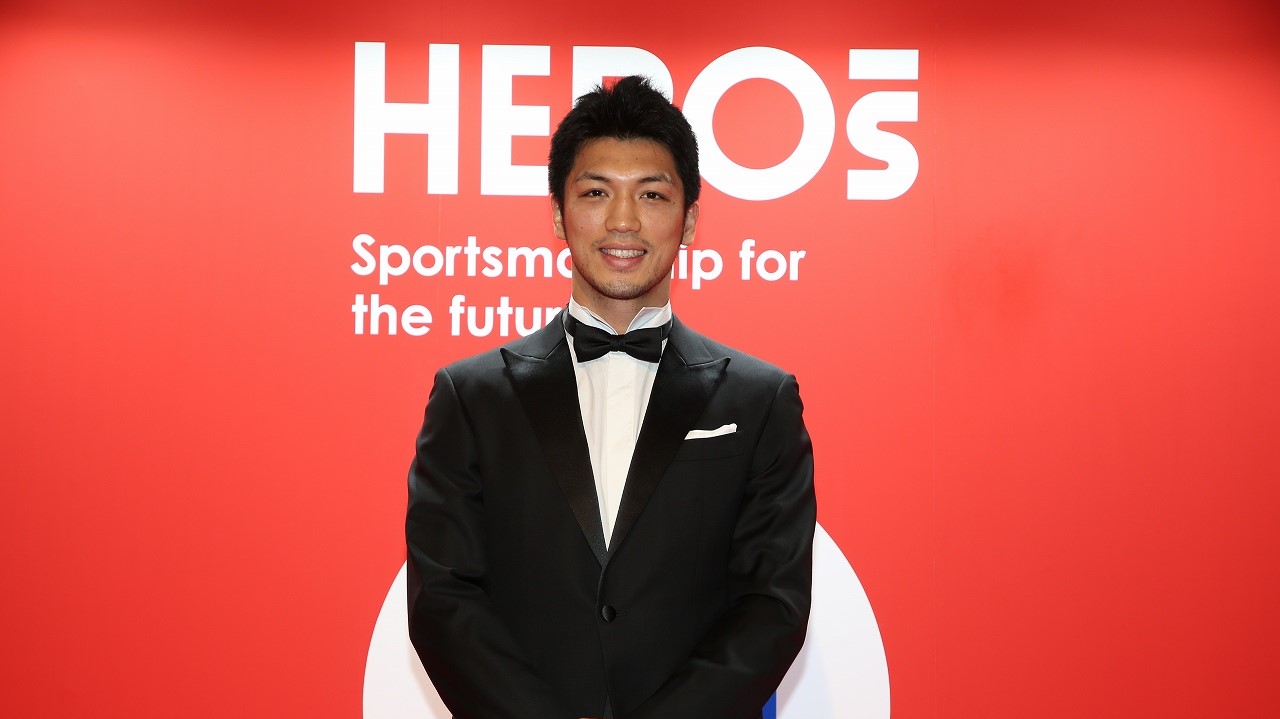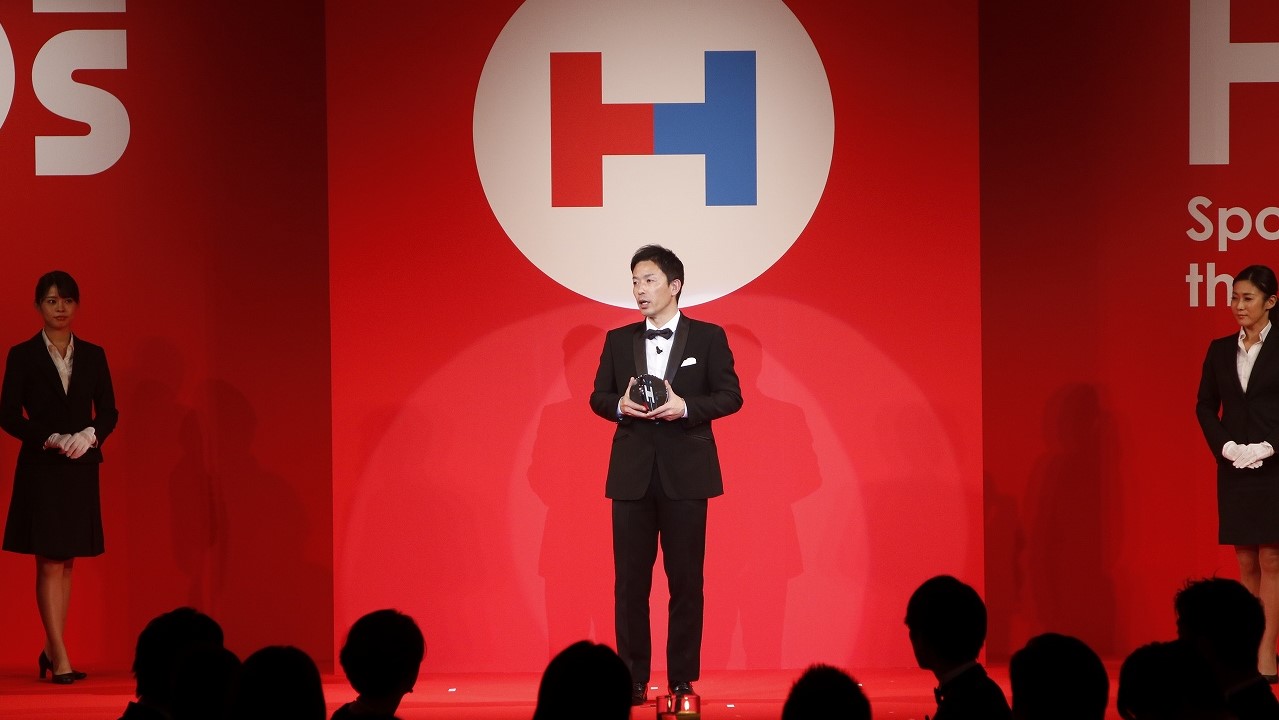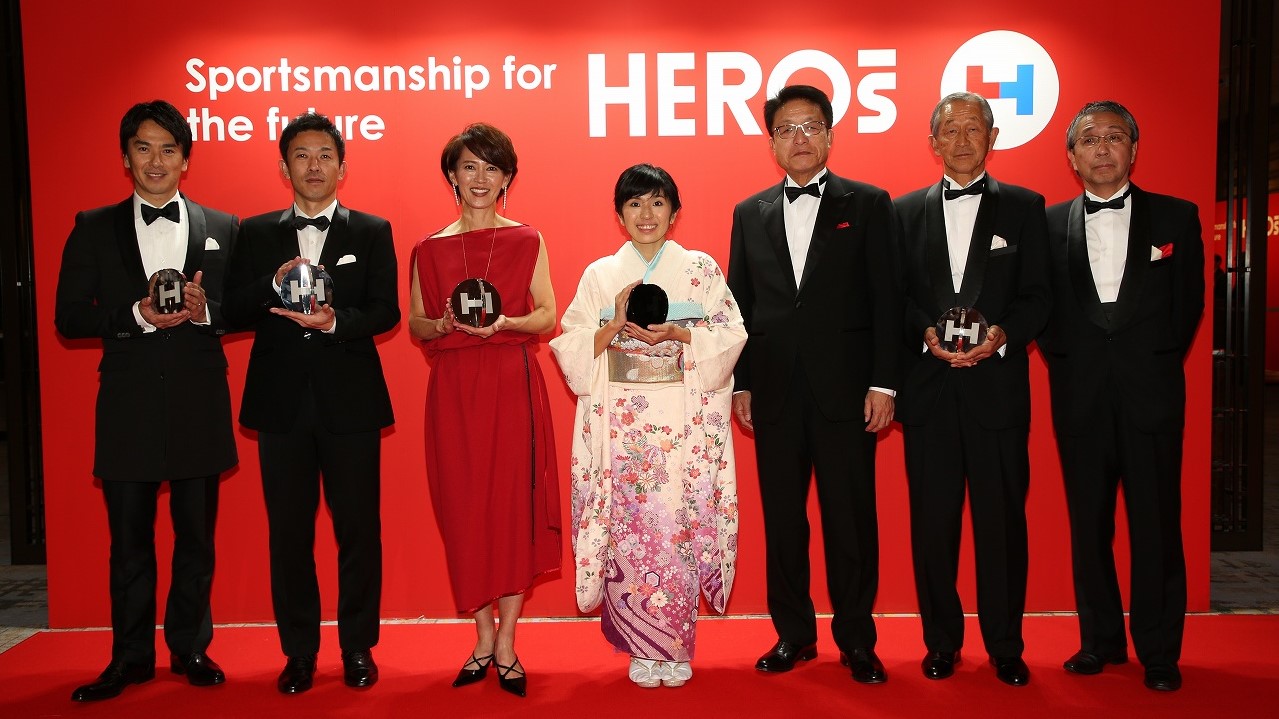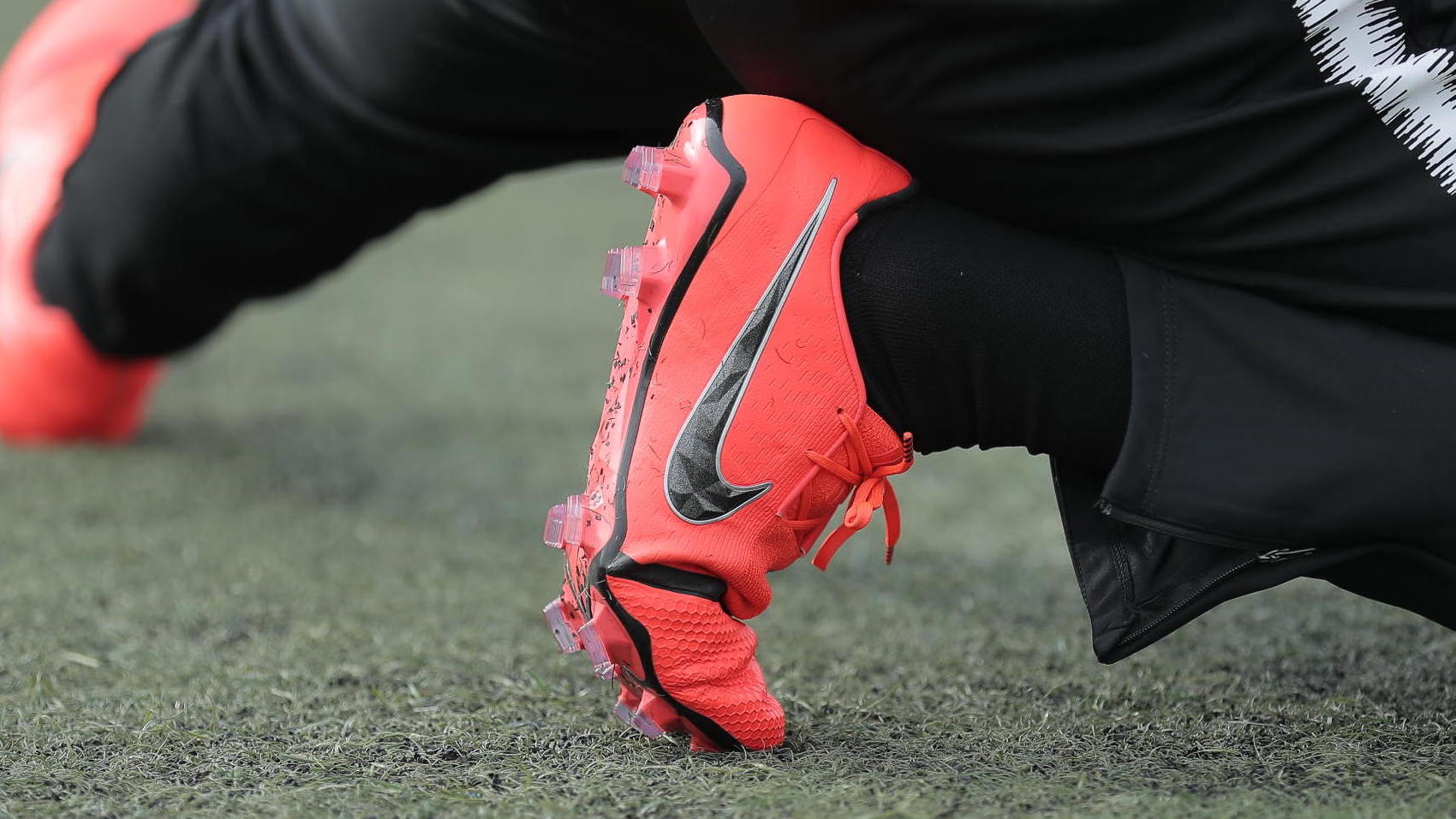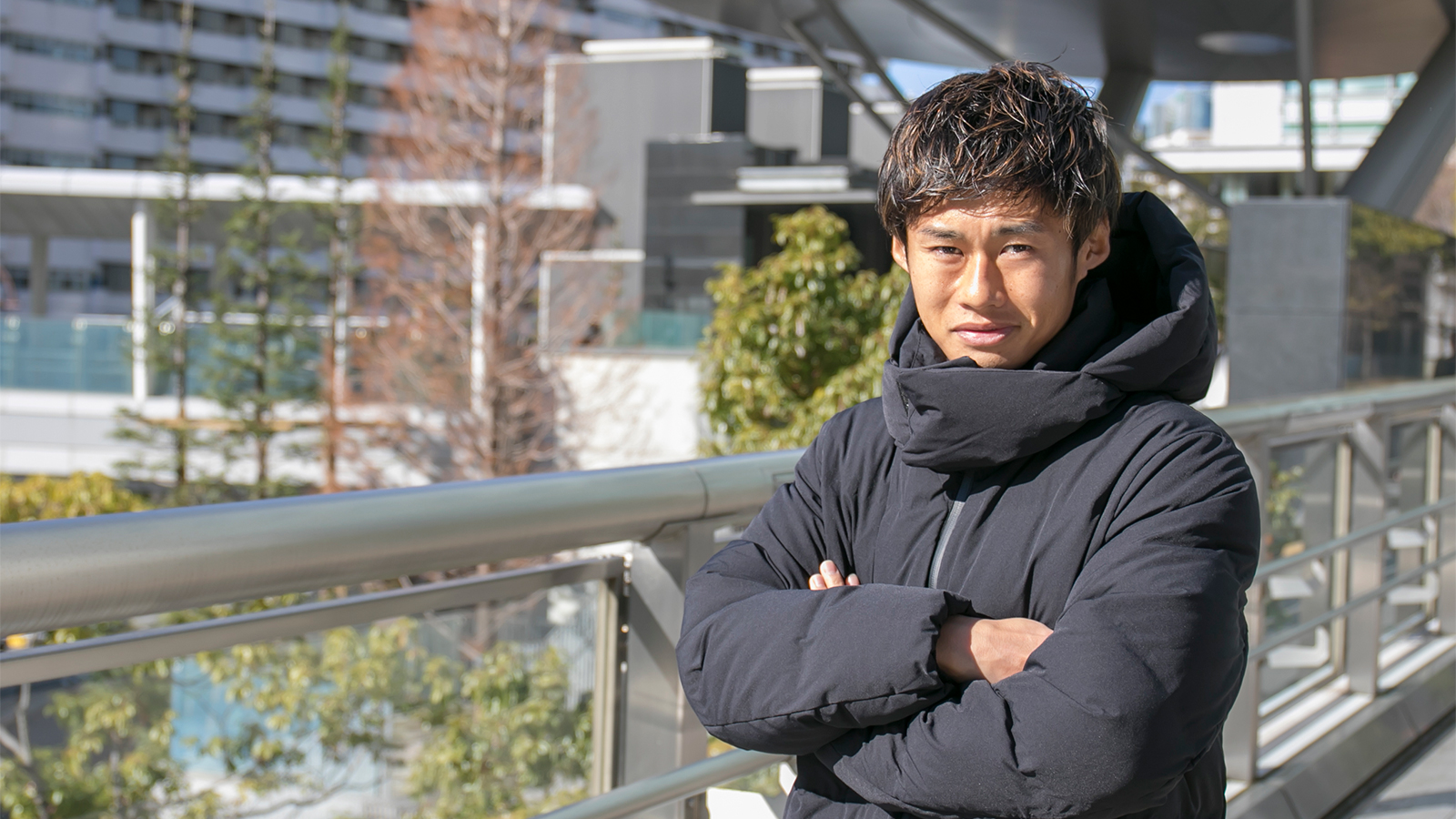
Historical spikes loved by heroes VOL.31 "1986 World Cup Puma Rare Spikes"
At the 1986 World Cup, both Adidas and Puma made their debut with the new spikes of the time, but in terms of type, Adidas overwhelmed Puma. We introduced Adidas in Vol. 26 (http://king-gear.com/articles/950), so this time we will talk about the rare model of PUMA at this tournament.
(I started spike blog.https://maradonaboots.com/)The first photo is Argentina vs Uruguay in the 1986 World Cup final T1 round. Both uniforms were made by Lecoq, and it was a confrontation between neighboring countries with a large number of players using Puma spikes.I wrote here that Venancio Ramos, who is tackling God, was playing with a Maradona model (Maradona Super) for some reason (http://king-gear.com/articles/879)。
Along with this tournament, several new models of Puma Spike, which have a prominent yellow part in the image of the Mexican sun, have been released in Japan.
However, I think the only model actually used at the World Cup was the Mexico Finale. It was mainly used by South American team players, and it was impressive that Brazilian defender Josimar, who appeared like a comet at that time, put on this spike and scored a splendid goal. In addition, Brazil's Junior player and Uruguay's Barrios player were also wearing (Fig. 1).

Figure 1 Josimar (left) and Balius (middle).
On the right is a matchup of Puma Rare model favorite players, Josimar's score against Northern Ireland, with Junior wearing the Mexico Finale and Clark wearing the Step Star (introduced last time).
Even in the teams of European countries, there were some players who wore the yellow Puma model, but it seems that the sole was different from the Mexican finale, and I had never seen it in Japan.

Figure 2Nicole Scotland (left) wearing yellow spikes on the tongue.
The sole is different from the Mexican finale, 6This stud type, England GKShilton also has a black Puma logo, but it is the same model as the one on the left (middle).
The upper right is the moment of God's hand, but personally I just look at the sole of the spike. God and Shilton had the same sole pattern (bottom right).
Well, at the Mexican finale, to be honest, I wasn't interested at all when I made my debut, and it wasn't a price that students could buy.

Figure 3 The Mexico Finale was the flagship model of the time and was also on the cover of the catalog.It was also sold in Japan, but I don't remember seeing any players wearing it in the Japanese league, so I think it was quite minor. The model number is 3 in the 300 series that was used for the fixed type at that time.75It was (replacement type is 400In the number, the first 1Seems to mean made in West Germany).
 Figure 4The original Mexican finale is 12This stud was replaceable. Adidas FXIn order to compete with the series, a method was adopted in which the studs could be easily replaced instead of the screw type (left). The reprint is 2011It appeared around the year, but this is a fixed type (right).
Figure 4The original Mexican finale is 12This stud was replaceable. Adidas FXIn order to compete with the series, a method was adopted in which the studs could be easily replaced instead of the screw type (left). The reprint is 2011It appeared around the year, but this is a fixed type (right).
The Mexican finale was featured in the Maradona special issue of "football days" published in 2005 (Fig. 5, left), and the commentary shown in the upper right was written.
This spot seems to be in Puma, Germany, and you can see it in the video on the homepage with the Maradona model and the autographed panel (lower right).

Figure 5The one on the lower right is Mr. Fisher of Mr. Puma who does not know if you like Puma. Recently, the new PUMA building has been completed, and it seems that a huge archive of PUMA shoes has been organized. I would love to hear from you.
What is the truth of the explanation in Fig. 5? However, here is the spike that God used in the final of the Mexico tournament from the beginning to the end (http://king-gear.com/articles/835I think it was the model introduced in) (Fig. 6).

Figure 6 86Year WBefore (left) and at the end of the cup final (right). Did you wear the Mexican finale on the way? I don't think I'm wearing it.
There are some players who exchange spikes during the game, and God also has a picture of that time (Fig. 7). The right is the time of 1981 Xerox Super Soccer.
The photographer is Masahide Tomikoshi, and his Twitter and Instagram photos are very interesting and of excellent quality, and he always sees and studies ().https://twitter.com/tphoto2005)(https://www.instagram.com/tomikoshi_photography/)。
 Figure 7In the tournament on the right, God also used his own signature model when it was first released, but it seems that there was a match in which he changed from spikes that seemed to be Belt Meister in the middle of the match.
Probably 80 on the leftI think it's the first half of the decade.
Figure 7In the tournament on the right, God also used his own signature model when it was first released, but it seems that there was a match in which he changed from spikes that seemed to be Belt Meister in the middle of the match.
Probably 80 on the leftI think it's the first half of the decade.
Well, I didn't remember seeing the original Mexican finale when it was released, and I didn't know how to replace the studs in the new system. Figure 8 shows the actual item that I recently got, although it is second hand. I tried removing the stud, but it was easily removed with a normal screw-type stud tool.
However, it was extremely difficult to install it again. It may be because I don't know the knack, but it seems to be quite difficult to replace 12 on one leg.Adidas FX system (http://king-gear.com/articles/950) Is much easier.In Japan in the 1980s, when soccer was not a professional, there was no Hopeiro, and the Mexican finale seemed to be an unacceptable model.
 Figure 8The original Mexican finale. 80 because the English notation made in West Germany is in lowercaseI think it's a late generation product. MEXICO on the side logoThere is no character of "FINALE"Is only.
Figure 8The original Mexican finale. 80 because the English notation made in West Germany is in lowercaseI think it's a late generation product. MEXICO on the side logoThere is no character of "FINALE"Is only.
I think that the Mexico Finale was used only in the 1986 World Cup at major international competitions, but the aforementioned Silton player wore this model in 1989 (Fig. 9, left).
Lastly, I would like to introduce Burruchaga (right). I don't think it was a new model at the time of the 1986 competition, but in a sense I wore a rare model. It is a simple Puma spike with a black tongue and a white sole (model name etc. unknown), but I had never seen another player wearing the same model in the mid-1980s.
 Figure 9Italy W on the leftShilton player against Poland in the cup qualifying. Bottom right 3The picture is an enlarged view of Burruchaga's spike (upper right). The letters are written on the sole, and it feels like a name.
Figure 9Italy W on the leftShilton player against Poland in the cup qualifying. Bottom right 3The picture is an enlarged view of Burruchaga's spike (upper right). The letters are written on the sole, and it feels like a name.
Many of the above-mentioned photographs of Mr. Tomikoshi are from a valuable angle that is not published in soccer magazines, and many of them clearly show spikes, so you can make new discoveries. Earlier I wrote that Caesar Menotti's 10 stud soles are hard to find (http://king-gear.com/articles/908), It was used by many players at the 1981 Toyota Cup, where Zico was a big success. In addition, Uruguay Ramos in the opening photo came to Japan at the 1982 Toyota Cup, and Spike at that time was not a Maradona model.
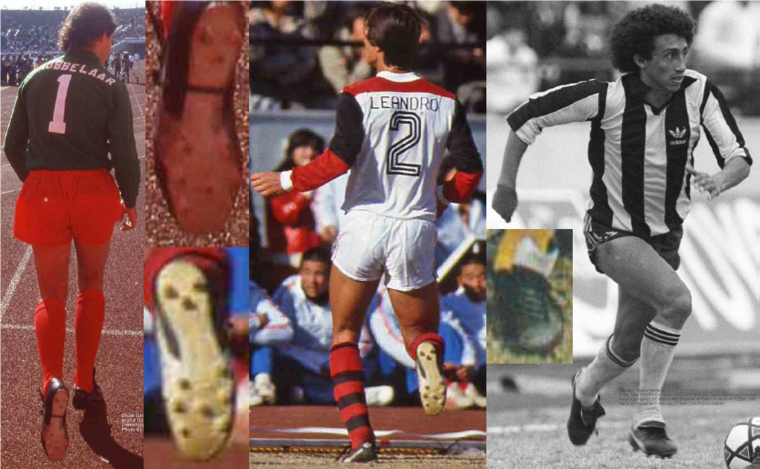 Figure 10 81Liverpool goalkeeper who played in the Toyota Cup of the yearGrobbelaar (left) and Flamengo Leandro (middle). Both players have 10 spikesIt was this stud.
82 on the rightRamos of Penalor playing in the Toyota Cup of the year.
Figure 10 81Liverpool goalkeeper who played in the Toyota Cup of the yearGrobbelaar (left) and Flamengo Leandro (middle). Both players have 10 spikesIt was this stud.
82 on the rightRamos of Penalor playing in the Toyota Cup of the year.
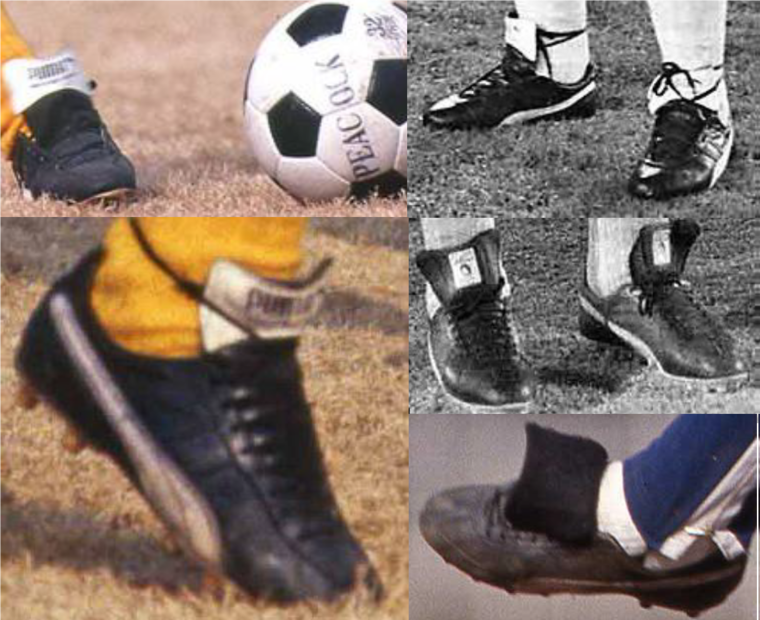 Figure 11AlsoFrom Mr. Tomikoshi's photo, I personally learned a number of new facts about God's spikes. The upper right is the 1979 World Youth match against Uruguay, and the others are from 1981. I will omit the details about the facts because it is too detailed, but I miss the ball "PEACOCK".
Figure 11AlsoFrom Mr. Tomikoshi's photo, I personally learned a number of new facts about God's spikes. The upper right is the 1979 World Youth match against Uruguay, and the others are from 1981. I will omit the details about the facts because it is too detailed, but I miss the ball "PEACOCK".
I feel like I've talked about things before the 1986 Games, so I'd like to write about things after that from the next time.
(Images at that time other than the source of the quote in the text are quoted from soccer magazine, digest, eleven, Getty Images, etc.)
Author Hiroaki Konishi's work click on the banner!
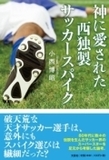
『West German soccer spike loved by God "
An article that considers the superstars of the soccer world who gave birth to numerous legends in the 1980s.
Along with this tournament, several new models of Puma Spike, which have a prominent yellow part in the image of the Mexican sun, have been released in Japan.
However, I think the only model actually used at the World Cup was the Mexico Finale. It was mainly used by South American team players, and it was impressive that Brazilian defender Josimar, who appeared like a comet at that time, put on this spike and scored a splendid goal. In addition, Brazil's Junior player and Uruguay's Barrios player were also wearing (Fig. 1).

Figure 1 Josimar (left) and Balius (middle).
On the right is a matchup of Puma Rare model favorite players, Josimar's score against Northern Ireland, with Junior wearing the Mexico Finale and Clark wearing the Step Star (introduced last time).
Even in the teams of European countries, there were some players who wore the yellow Puma model, but it seems that the sole was different from the Mexican finale, and I had never seen it in Japan.

Figure 2Nicole Scotland (left) wearing yellow spikes on the tongue.
The sole is different from the Mexican finale, 6This stud type, England GKShilton also has a black Puma logo, but it is the same model as the one on the left (middle).
The upper right is the moment of God's hand, but personally I just look at the sole of the spike. God and Shilton had the same sole pattern (bottom right).
Well, at the Mexican finale, to be honest, I wasn't interested at all when I made my debut, and it wasn't a price that students could buy.

Figure 3 The Mexico Finale was the flagship model of the time and was also on the cover of the catalog.It was also sold in Japan, but I don't remember seeing any players wearing it in the Japanese league, so I think it was quite minor. The model number is 3 in the 300 series that was used for the fixed type at that time.75It was (replacement type is 400In the number, the first 1Seems to mean made in West Germany).
 Figure 4The original Mexican finale is 12This stud was replaceable. Adidas FXIn order to compete with the series, a method was adopted in which the studs could be easily replaced instead of the screw type (left). The reprint is 2011It appeared around the year, but this is a fixed type (right).
Figure 4The original Mexican finale is 12This stud was replaceable. Adidas FXIn order to compete with the series, a method was adopted in which the studs could be easily replaced instead of the screw type (left). The reprint is 2011It appeared around the year, but this is a fixed type (right). The Mexican finale was featured in the Maradona special issue of "football days" published in 2005 (Fig. 5, left), and the commentary shown in the upper right was written.
This spot seems to be in Puma, Germany, and you can see it in the video on the homepage with the Maradona model and the autographed panel (lower right).

Figure 5The one on the lower right is Mr. Fisher of Mr. Puma who does not know if you like Puma. Recently, the new PUMA building has been completed, and it seems that a huge archive of PUMA shoes has been organized. I would love to hear from you.
What is the truth of the explanation in Fig. 5? However, here is the spike that God used in the final of the Mexico tournament from the beginning to the end (http://king-gear.com/articles/835I think it was the model introduced in) (Fig. 6).

Figure 6 86Year WBefore (left) and at the end of the cup final (right). Did you wear the Mexican finale on the way? I don't think I'm wearing it.
There are some players who exchange spikes during the game, and God also has a picture of that time (Fig. 7). The right is the time of 1981 Xerox Super Soccer.
The photographer is Masahide Tomikoshi, and his Twitter and Instagram photos are very interesting and of excellent quality, and he always sees and studies ().https://twitter.com/tphoto2005)(https://www.instagram.com/tomikoshi_photography/)。
 Figure 7In the tournament on the right, God also used his own signature model when it was first released, but it seems that there was a match in which he changed from spikes that seemed to be Belt Meister in the middle of the match.
Probably 80 on the leftI think it's the first half of the decade.
Figure 7In the tournament on the right, God also used his own signature model when it was first released, but it seems that there was a match in which he changed from spikes that seemed to be Belt Meister in the middle of the match.
Probably 80 on the leftI think it's the first half of the decade. Well, I didn't remember seeing the original Mexican finale when it was released, and I didn't know how to replace the studs in the new system. Figure 8 shows the actual item that I recently got, although it is second hand. I tried removing the stud, but it was easily removed with a normal screw-type stud tool.
However, it was extremely difficult to install it again. It may be because I don't know the knack, but it seems to be quite difficult to replace 12 on one leg.Adidas FX system (http://king-gear.com/articles/950) Is much easier.In Japan in the 1980s, when soccer was not a professional, there was no Hopeiro, and the Mexican finale seemed to be an unacceptable model.
 Figure 8The original Mexican finale. 80 because the English notation made in West Germany is in lowercaseI think it's a late generation product. MEXICO on the side logoThere is no character of "FINALE"Is only.
Figure 8The original Mexican finale. 80 because the English notation made in West Germany is in lowercaseI think it's a late generation product. MEXICO on the side logoThere is no character of "FINALE"Is only. I think that the Mexico Finale was used only in the 1986 World Cup at major international competitions, but the aforementioned Silton player wore this model in 1989 (Fig. 9, left).
Lastly, I would like to introduce Burruchaga (right). I don't think it was a new model at the time of the 1986 competition, but in a sense I wore a rare model. It is a simple Puma spike with a black tongue and a white sole (model name etc. unknown), but I had never seen another player wearing the same model in the mid-1980s.
 Figure 9Italy W on the leftShilton player against Poland in the cup qualifying. Bottom right 3The picture is an enlarged view of Burruchaga's spike (upper right). The letters are written on the sole, and it feels like a name.
Figure 9Italy W on the leftShilton player against Poland in the cup qualifying. Bottom right 3The picture is an enlarged view of Burruchaga's spike (upper right). The letters are written on the sole, and it feels like a name. Many of the above-mentioned photographs of Mr. Tomikoshi are from a valuable angle that is not published in soccer magazines, and many of them clearly show spikes, so you can make new discoveries. Earlier I wrote that Caesar Menotti's 10 stud soles are hard to find (http://king-gear.com/articles/908), It was used by many players at the 1981 Toyota Cup, where Zico was a big success. In addition, Uruguay Ramos in the opening photo came to Japan at the 1982 Toyota Cup, and Spike at that time was not a Maradona model.
 Figure 10 81Liverpool goalkeeper who played in the Toyota Cup of the yearGrobbelaar (left) and Flamengo Leandro (middle). Both players have 10 spikesIt was this stud.
82 on the rightRamos of Penalor playing in the Toyota Cup of the year.
Figure 10 81Liverpool goalkeeper who played in the Toyota Cup of the yearGrobbelaar (left) and Flamengo Leandro (middle). Both players have 10 spikesIt was this stud.
82 on the rightRamos of Penalor playing in the Toyota Cup of the year.  Figure 11AlsoFrom Mr. Tomikoshi's photo, I personally learned a number of new facts about God's spikes. The upper right is the 1979 World Youth match against Uruguay, and the others are from 1981. I will omit the details about the facts because it is too detailed, but I miss the ball "PEACOCK".
Figure 11AlsoFrom Mr. Tomikoshi's photo, I personally learned a number of new facts about God's spikes. The upper right is the 1979 World Youth match against Uruguay, and the others are from 1981. I will omit the details about the facts because it is too detailed, but I miss the ball "PEACOCK". I feel like I've talked about things before the 1986 Games, so I'd like to write about things after that from the next time.
(Images at that time other than the source of the quote in the text are quoted from soccer magazine, digest, eleven, Getty Images, etc.)
Author Hiroaki Konishi's work click on the banner!

『West German soccer spike loved by God "
An article that considers the superstars of the soccer world who gave birth to numerous legends in the 1980s.
